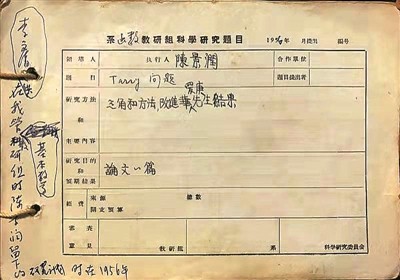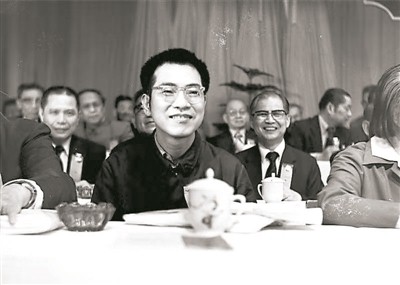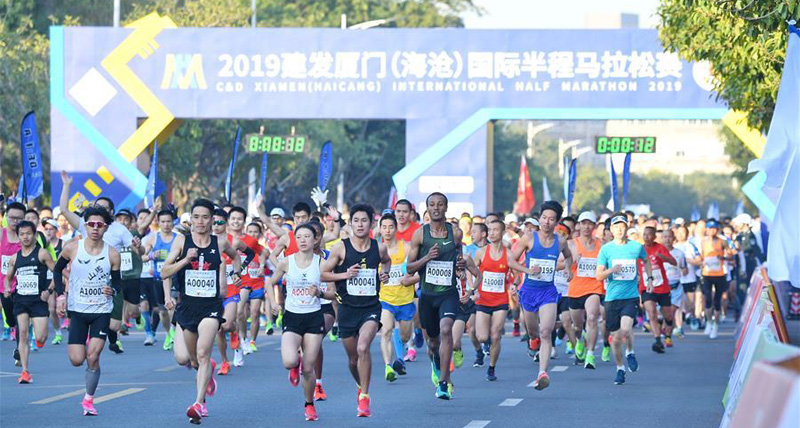A scientific research schedule of mathematician Chen Jingrun
chinadaily.com.cn| Updated: Jul 22, 2019

A scientific research schedule of Chen Jingrun submitted to Xiamen University in 1956 entitled Tarry Problem, which sought to improve the "research results of Hua Luogeng". [Photo/xmu.edu.cn]
One day in 1954, then President of Xiamen University (XMU) Wang Ya'nan heard someone call his name when he was on a business trip in Fuzhou, capital of Fujian province. He looked back and found Chen Jingrun – nicknamed "Einstein" by fellow classmates when studying at the mathematics department of XMU from 1949 to 1953 – peddling books on the street.
Wang knew it wasn't easy to train a college graduate, let alone one with the mathematics wizardry displayed by Chen. So he decided to invite Chen back to XMU to work at the reference room of the mathematics department.
Chen was like a duck to water. Li Wenqing, then head of the mathematical function teaching and research section, suggested to Chen that he studied the Additive Prime Number Theory of Hua Luogeng, a renowned mathematician.
In 1956, Chen submitted a scientific research schedule entitled Tarry Problem which sought to add to the "research results of Hua Luogeng". Although the schedule seemed normal, it motivated Chen to remain devoted to mathematical research. The document is now well preserved in XMU archives.
Chen immersed his mind and body in scientific research. Hua's Additive Prime Number Theory was engraved in his memory. Once getting off work, Chen often stayed at the dorm to work on the problem and even ate meals there. He finally finished his first academic paper and greatly improved upon Hua's initial findings.

Chen Jingrun attends the celebration of Xiamen University's 60th anniversary on April 6, 1981. [Photo/xmu.edu.cn]
In August 1956, Chen made a splash at the National Mathematical Paper Conference in Beijing when he was recognized by Hua and the national newspaper People's Daily. He returned to XMU with his newfound honor and soon had finished his second paper, An Inequation about Trigonometric Sums, published in early 1957.
Upon Hua's recommendation, Chen was able to earn a spot at the Academy of Mathematics and Systems Science at the Chinese Academy of Sciences in September 1957, where he opened a new chapter in the history of mathematical studies.
In 1966, he published a paper named A Large Even Number Table is the Sum of Product of a Prime Number and One Prime Number That Does Not Exceed Two Prime Numbers, which became a milestone for the Goldbach Conjecture. Chen created an international stir when he made significant headway on proving the Goldbach Conjecture, which had been unsettled for over 200 years. Mathematicians around the world named the new achievement "Chen's Theorem", which is still significant today.
Chen has won many awards, such as the first prize of the National Natural Science Award and the Ho Leung Ho Lee Foundation Award for top results in analytic theory of number. His story has inspired generations to climb the heights of science.
In 2009, Chen was rated as one of China's most inspirational role models since the founding of the People's Republic of China and was awarded the title of "Reform Pioneer" at a conference celebrating the 40th anniversary of China's reform and opening-up last year.



 play
play